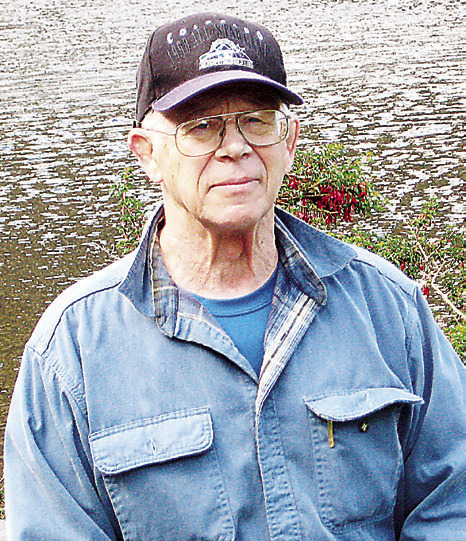These past two weeks the Paralympics have been on television. It is not covered as well as the Olympics, but it is held at the same venue and location. The Paralympics have almost the same sporting events as the Olympics and is for athletes that have a disability. There are various categories of disabilities and depending on the severity of the disability the competition is grouped accordingly. It is amazing to watch some of the performances from these athletes as many are reaching times and goals that some non-disabled athletes would have a difficult time matching. Much of the performances that these athletes are able to achieve has to do with the advances in technology. For runners the invention of a “spring foot” has enabled them to run almost equivalent times. And for the athletes in wheelchairs the same is true. Wheelchairs for basketball are different from those for runners and meet the demands of their sport. After watching some of the wheelchair events, it made me recall the races we put on that had a wheelchair category for male and female competitors. Almost all the races that had a wheelchair category were held out at the River Ridge course. This was a good course for wheelchair competitors as it had very few sharp turns and was flat. There were two turn around points that had runners and wheel chairs go around an island and was a wide turn so not much speed was lost. We put plywood over the train tracks leading into the Wide Lite factory to help them at this one location.
A few races downtown at the Courthouse course had a wheelchair category but were not as favorable as the River Ridge course. When we started including a wheelchair category most of the wheel chairs were of the hospital variety. We would allow the competitors a 5 minute head start so they wouldn’t interfere with the regular runners. There was one young woman that came to every one of the races that had the wheel chair category. She tried to encourage other wheelchair athletes to enter our races and a few races had several athletes compete. When she first started to enter our races she had the typical hospital chair to race in. I went over the course with her to show her how to use the tangents instead of following the curves of the road. This allowed her to race a shorter distance and to go faster as she didn’t have to follow the curves in the road. As she got better she went to a Paralympic training camp. There she learned a better movement on pushing down on the wheel to make it more of a circular motion. The greatest change came when she showed up with a new racing wheel chair. This sleek model was like a low slung racing car in comparison to the hospital style. The main difference was in the 5 minute starting time to give her time to get started and not have to contend with other runners. This worked well in previous races. The start out at River Ridge was a large loop that came back across the starting line before heading out along one of the side roads. With the new racing chair that 5 minute start was a new problem. In the past she would be a little over halfway around the loop when the other runners started and runners for the most part were in single file when they ran past her. With the new wheelchair and instruction on how to make it work she came flying around the corner yelling “track, track” at the pack of runners at the starting line. She now made that loop in about 3:30 minutes and was needing the runners at the starting line to get out of the way. And if I remember correctly no runners ever caught her before she crossed the finish line.
The Boston Marathon has a wheelchair category, and since the route is basically a downhill course, the times are faster than the runners with two legs. The “Heart-Break Hill” section might slow the athletes down a bit, but they more than make up for it on the downhill sections. For athletes that have difficulty using the small power wheel on a chair there are hand cranked versions for them. They use hand cranks much like a bike rider uses the legs to pedal.
I can’t remember why the wheel chair category stopped locally, but it did. I think race organizers felt that the small number of athletes that entered made the category an unnecessary added expense. Races have added a 70+ category for a small group of runners. Like any race it needs to be published and promoted to get entries. I am sure there are wheelchair athletes out there that would come to a race here. Maybe it needs to be added again for River Ridge races.



